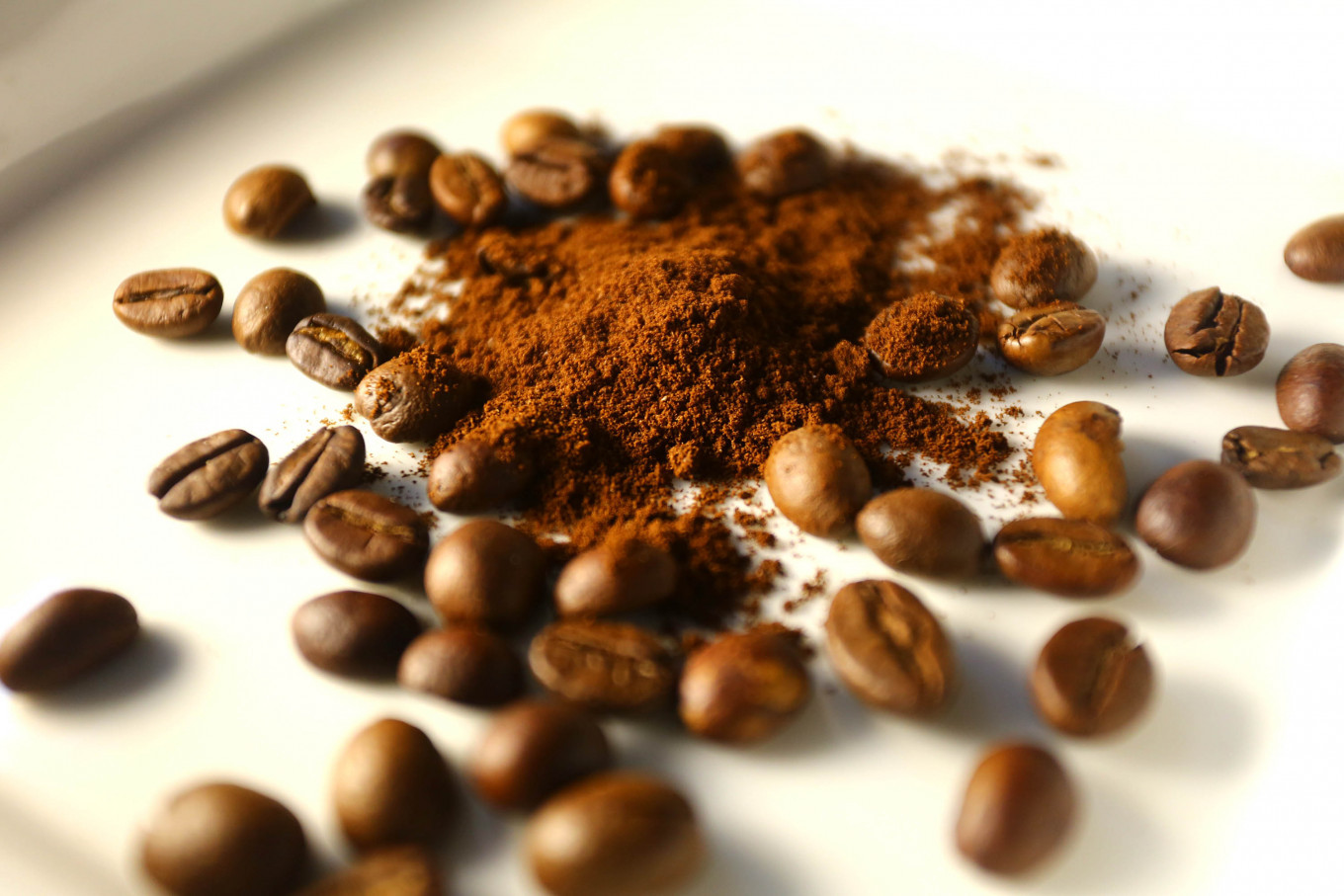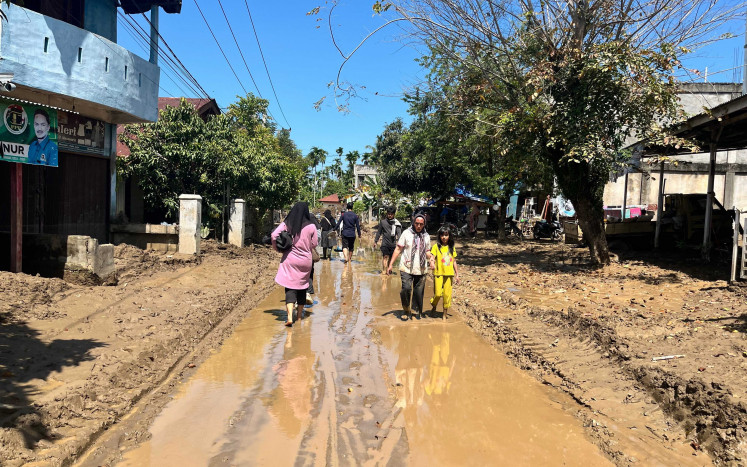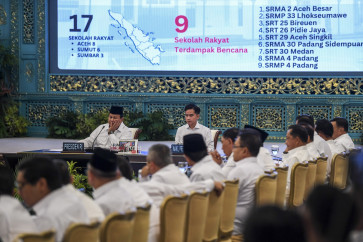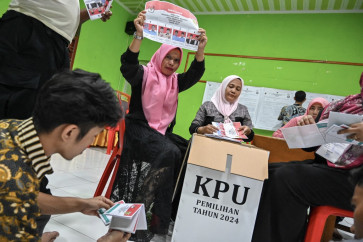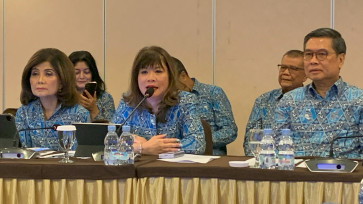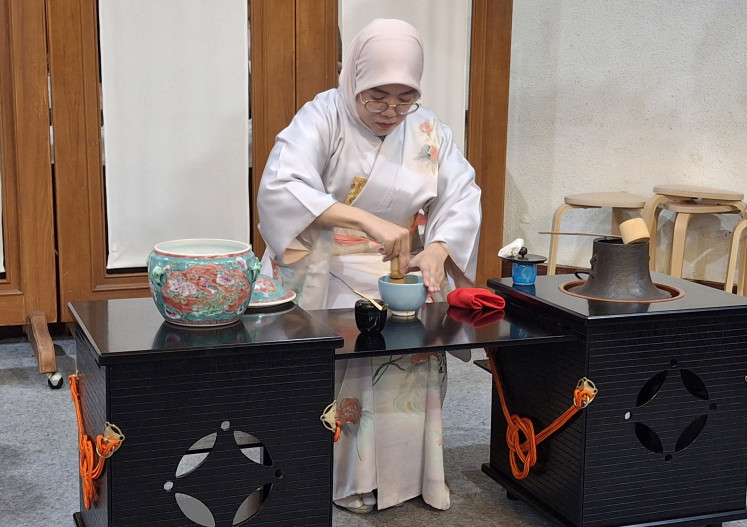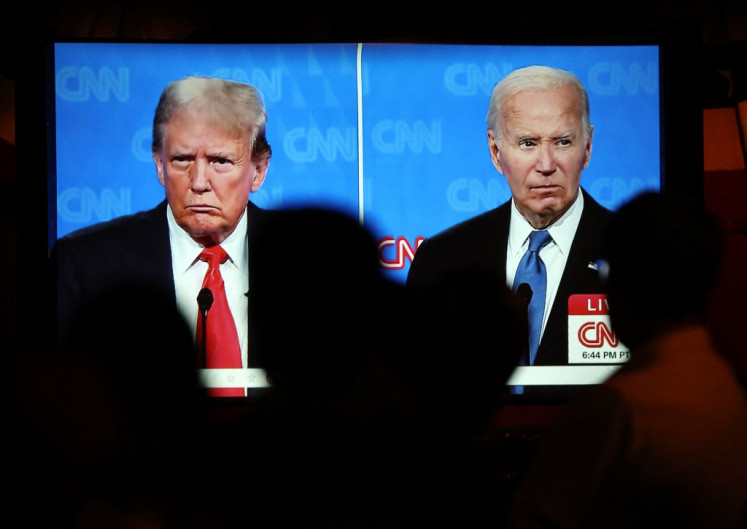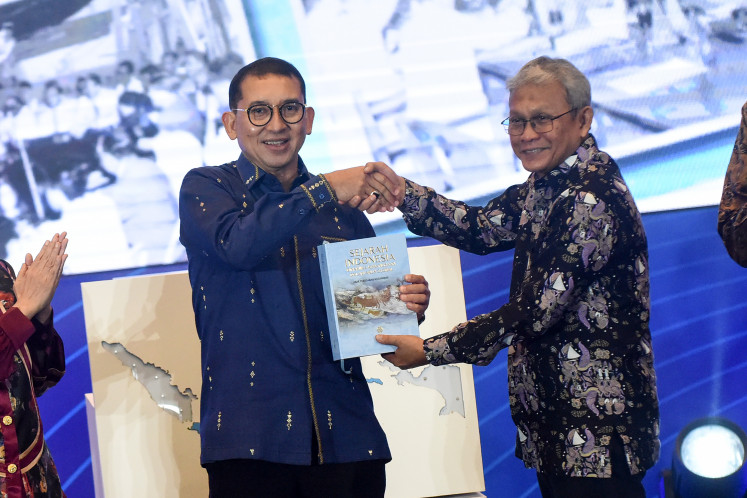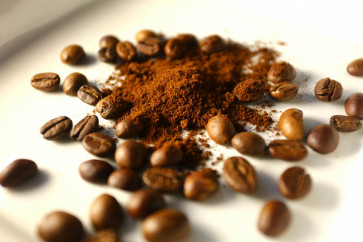Popular Reads
Top Results
Can't find what you're looking for?
View all search resultsPopular Reads
Top Results
Can't find what you're looking for?
View all search resultsSpecialty tea and coffee: How do they taste?
Change text size
Gift Premium Articles
to Anyone
I
ndonesian specialty teas are marked by attempts to localize Chinese tea flavors while Indonesian specialty coffees offer local flavors at their best.
Some of the teas produced by the founding members of the Association of Indonesia Specialty Tea (AISTea) taste like the types of Chinese tea they emulate, a quality that makes them different from the usual lower-priced teas normally found in local supermarkets.
The Golden Needle black tea produced by AISTea president Galung Atri, for instance, is apparently modeled after the generic makeup of China’s Jin Jun Mei (Golden Fine Horse Eyebrows) black tea – a new black tea created in 2005 in the village of Tong Mu on Mount Wuyi, Fujian.
Like the generic Chinese original, the sinensis variety-based tea immediately impresses with its characteristic type of sweetness that resembles dried longan or longan honey. Its pleasing, charming savory aroma gives rise to a nutty, umami feel and there is a hint of small white flower scent.
When the tea is brewed according to the Chinese traditional way of preparing tea, gongfu, characterized by multiple infusions of the same tea, the tea’s fruity sweetness gradually diminishes and the accompanying chocolatey, milky and malty taste becomes more strongly accentuated.
This particular chocolate-milk-malt taste combination can also be found in Galung’s assamica variety-based prime black tea, which tastes strongly like a blend of milk, chocolate and malt with some sweet caramel undernotes reminiscent of the Nestle Milo children’s drink.
Bukit Sari’s organic black tea (Courtesy of Bukit Sari/-)
